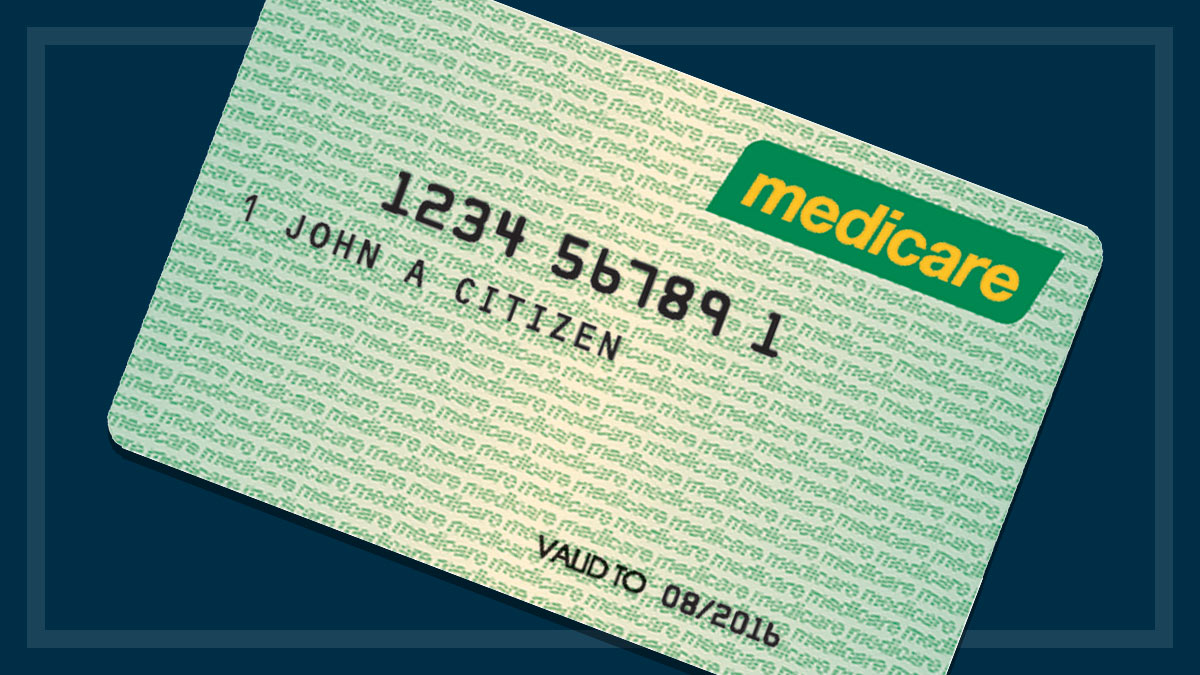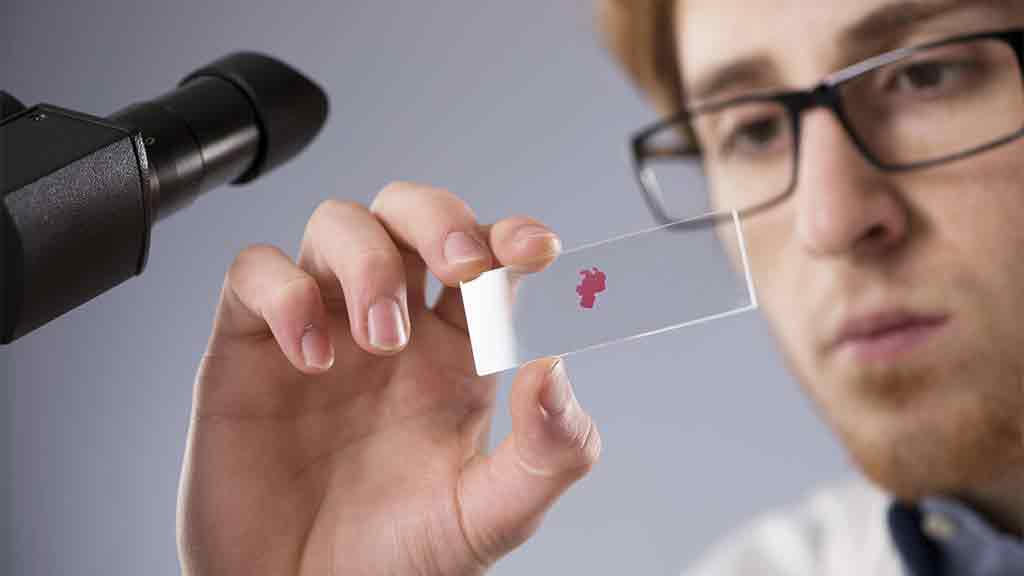Get our independent lab tests, expert reviews and honest advice.
How does Medicare work?

Medicare is Australia’s universal health system, which we pay for through income tax. Once you’re enrolled, you receive a little green Medicare card, which entitles you to access free or subsidised health care. But even if you use it often, the ins and outs of the health system can be hard to decipher, and that’s before we even mention private health insurance.
On this page:
- What does Medicare cover?
- How does bulk billing work?
- Knowing how much Medicare will pay
- Medicare safety net explained
So here’s your CHOICE guide to Medicare – what’s free, what’s not, and how far the safety net really stretches to stop your medical costs spiralling out of control.
What does Medicare cover?
For starters, everything you get in a public hospital as a public patient is free. You’ve already paid for it through your taxes.
That includes surgery, medical appliances, accommodation, tests and medicines. Out-patient services, such as check-ups after a surgery, are also covered at public hospitals. Medicare covers emergency services, chronic illness management, and elective surgeries like joint replacements, cancer treatment and hysterectomies.
For the purposes of this article, we’re going to talk about services outside the public and private hospital systems that are covered by Medicare. These include:
- consult fees for doctors, including GPs and specialists
- tests and scans, such as blood screens, MRIs, X-rays and ultrasounds
- eye tests at an optometrist – one per year for over 65s, one every three years for everyone else
- subsidised prescription medicines through the Pharmaceutical Benefits Scheme (PBS).
What doesn’t Medicare cover?
Although there are exceptions, Medicare generally doesn’t cover:
- dental treatment outside a hospital
- glasses and contact lenses
- allied health services like physiotherapy, chiropractic, podiatry and psychology – although you can access Medicare-subsidised care with a treatment plan from your GP
- ambulance – some state governments provide it but most people need to purchase private health insurance or an ambulance subscription from the ambulance service
- hearing aids and other devices.
How does bulk billing work?
Bulk billing is when your doctor sends your bill directly to Medicare, making the service free for you. The name comes from the practice of sending multiple patients’ accounts to Medicare at the same time, hence ‘bulk’.
While many GPs, optometrists and pathologists do offer bulk billing, not all do. Your doctor might want to charge more than Medicare pays for a service. In this case, Medicare will still pay for some of the bill, but you’ll have to pay the rest.
Bulk billing is when your doctor sends your bill directly to Medicare, making the service free for you
You’ll have to make a claim to Medicare to receive your rebate. Your doctor’s office might be able to submit the claim electronically, otherwise you can claim in other ways.
Either way, you should take your Medicare card to your appointment, and check beforehand if and how much you’ll be out of pocket.
What about private health insurance?
Private health insurance can cover you for treatment and accommodation you receive as an admitted patient in a hospital. However, it is illegal for it to cover out-of-hospital services that are already covered by Medicare, such as GP visits and specialist appointments. Many of the things not covered by Medicare, such as dental care or glasses, are covered by extras health insurance policies.
Knowing how much Medicare will pay
There’s a document called the Medicare Benefits Schedule (MBS), where the government publishes what it thinks is a fair baseline price for the medical services it subsidises, called MBS fees (or sometimes schedule fees – it’s the same thing). MBS fees play a big role in everything that’s coming up.
On your doctor’s bill you should be able to find an item number, which you can use to look up the MBS fee for each service. When your GP bulk bills, they’re billing Medicare the MBS fee amount for a consultation. If they don’t bulk bill, you can claim 100% of the MBS fee on Medicare.
For non-GP services, Medicare will cover 85% of the MBS fee and you pay the rest. This is the case whether the provider charges the MBS fee or more.
There’s a cap on how much you pay in gaps
The Greatest Permissible Gap (GPG) is a rule that keeps expensive specialist services within reach of people on modest incomes. It does this by capping the value of individual gap fees, which in 2024 is $98.70. The GPG means you’ll pay either $98.70 or 15% of the MBS fee, whichever is lower. It applies to services with an MBS fee over $658, and increases annually in line with inflation.
For example, let’s say you have an out-of-hospital procedure. Your doctor charges you $1200, but it has an MBS fee of $1000. Medicare won’t cover the extra $200 on the bill unless you qualify for a safety net, but because it’s an expensive service, Medicare will cover a bigger percentage than usual.
Medicare will cover 85% of the $1000 MBS fee, leaving a $150 gap. That’s more than the GPG, so Medicare pays another $51.30. That means your total out of pocket expenses will be the $98.70 GPG cap, plus the $200 the doctor charged you above the MBS.

Medicare safety net explained
Original Medicare Safety Net
Even with the GPG, your out-of-pocket costs can add up if you need numerous services.
The Original Medicare Safety Net (OMSN) limits the total amount you have to pay in gap fees each year to $560.40. Once you cross that threshold, the Medicare rebate for all out-of-hospital services jumps to 100% of the MBS fee.
Not all your out-of-pocket expenses are counted towards meeting this threshold. Any cost you incur because your doctor charges above the MBS fee is not counted. Only the part of the MBS fee that Medicare doesn’t cover is counted. In the example above, $98.70 will contribute to meeting the threshold.
If you’ve qualified for the OMSN, for that $1200 procedure Medicare will pay the full $1000 MBS fee. Because in that example the doctor charged above the schedule fee amount, you’ll still be $200 out of pocket.
Extended Medicare Safety Net
The Extended Medicare Safety Net (EMSN) comes into effect when your total out-of-pocket expenses for a year reach a certain threshold. For this threshold your whole gap payment is counted – that is, the difference between what your doctor charges and what Medicare pays.
In 2024 the threshold is $2254.20 ($811.80 if you have a Commonwealth Concession Card or receive Family Tax Benefit Part A). Once your expenses reach this threshold, Medicare covers up to 80% of your out-of-pocket expenses for the remainder of the calendar year. Some services in areas like obstetrics and IVF are also capped at a dollar amount.
Remember, this is on top of the standard Medicare rebate and any part of the bill the OMSN has covered. If you receive that $1200 treatment after qualifying for the EMSN, Medicare would cover the full $1000 MBS fee (under the OMSN), plus $160 of the remaining $200 bill.
Medicare Safety Nets
The amount Medicare will pay for out-of-hospital medical services depends on the safety net you qualify for. This infographic compares Medicare benefits and patient out-of-pocket costs using a hypothetical example.
In the example, a doctor charges you $1200 for a service with a Medicare Benefits Schedule fee of $1000.
If you have not qualified for a safety net, you pay $298.70: the Greatest Permissible Gap amount ($98.70) plus the $200 the doctor charges above the Medicare Benefits Schedule fee. Medicare covers $901.30.
If you have qualified for the Original Medicare Safety Net, you pay $200: the amount the doctor charges above the Medicare Benefits Schedule fee. Medicare covers $1000.
If you have also qualified for the Extended Medicare Safety Net, you pay $40: 20% of the amount the doctor charges above the Medicare Benefits Schedule fee. Medicare covers $1160.
Safety net for families, couples and concession cardholders
The higher benefits in the Medicare Safety Nets are automatically paid once you reach the threshold. Individuals don’t need to register. If you’re a couple or have dependants, you can register as a family with Medicare. (This is different to getting a family Medicare card.)
Registering as a family lets you count everyone’s medical expenses towards reaching a single threshold. Once the threshold is reached, the safety net applies to all family members, not just those who had a prior expense.
If you qualify for Family Tax Benefit Part A, your family qualifies for the lower EMSN threshold. There are complex rules around when you can claim the safety net, based on how you receive the FTB Part A payment.
Concessional families
If you have a Commonwealth concession card, your individual EMSN threshold is lower. Even if you’re registered as a family, the EMSN comes into effect for you when your personal expenses hit that lower threshold. Your expenses also contribute to meeting the family’s general threshold.
If some, but not all, family members have a concession card, those that have one form a “concessional family”. At least one parent must have a concession. Medical costs for these family members are counted together towards meeting the lower concessional threshold. Once this is reached, the safety net applies to all concession cardholders.
As with individuals, medical expenses for concessional family members also contribute to reaching the general threshold for the rest of the family.



